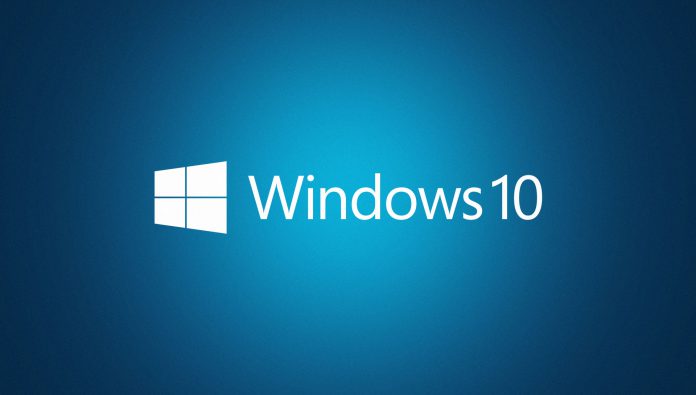It’s in the tech giant’s best interest to stop that, but many users are reluctant. The latest statistics from NetMarketShare estimate that 36.90% of desktop/laptop users are on outdated OS. Part of that is the fear that their apps will break when they move. Microsoft’s Desktop App Assure program looks to combat those fears. The program is globally available after its announcement in September 2018, promising support to all who need it. Microsoft claims that 99% of Windows 7 apps are compatible with Windows 10, and it’s willing to aid that 1%.
Other Factors
Those will compatibility issues will be prioritized via the FastTrack program, with some promising results so far. Microsoft says that out of 41,000 apps, customers requested an evaluation of 7,000. Of those, 41 apps required assistance from the company. “That’s a 197 percent difference between perception and reality,” said Brad Anderson, Corporate Vice President for Microsoft 365. “Another way to look at this is that only 0.1 percent of all the apps that customers who have worked with the Desktop App Assure team to evaluate have had a compatibility issue.” Note, though, that the Desktop App Assurance program applies to users who upgrade, but have issues. Those who know an app is incompatible naturally won’t have done so yet. It’s also clear that compatibility is just one factor in user’s unwillingness. Windows 10 doesn’t have a good image, especially over the past year. Several buggy updates have left users with lost personal data, blue screens, or driver issues. The OS is also perceived as more privacy invasive than its predecessor thanks to its telemetry. If it wants to win users over, Microsoft has to prove in the next year that it can offer a stable OS. It’s next major feature update, coming in the first half of the year, is likely to be an important one.




